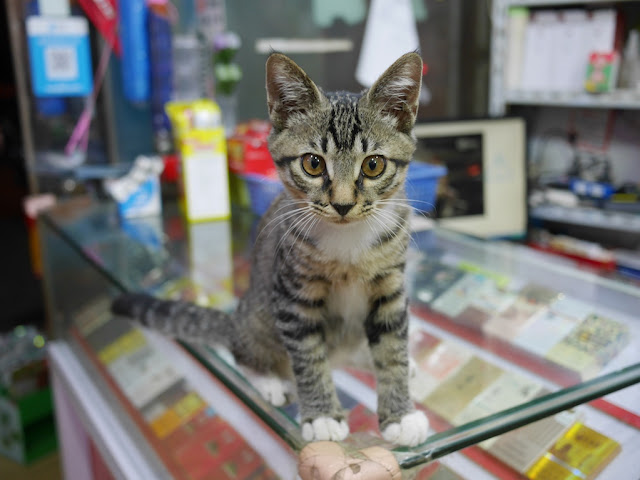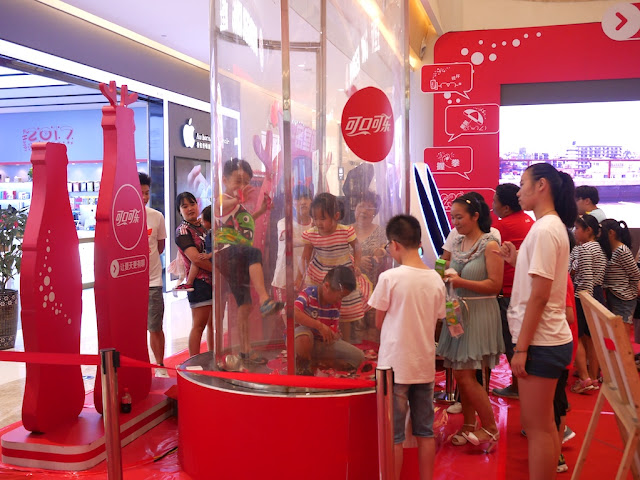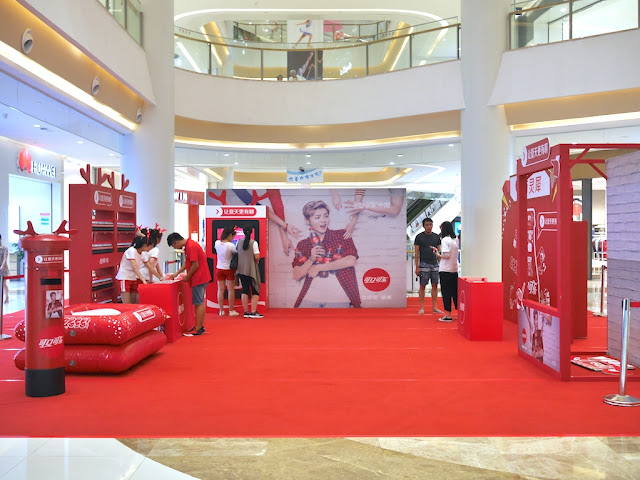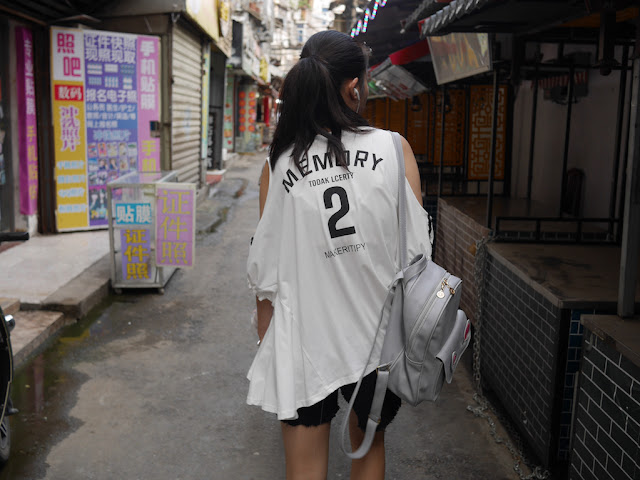There is a certain irony in Chinese traveling all the way to Europe only to get arrested for expressing themselves in a country where they were far, far freer to express themselves. Over a week ago two Chinese citizens visiting Berlin, Germany, apparently thought it would be a grand idea to take photographs of themselves giving the Nazi salute in front of the Reichstag building. This was, in fact, a really bad idea for several reasons including that:
There have been many powerful and thoughts thing written about the protests, the violence, and the reactions. I will simply share one of the powerful images widely shared this past weekend which especially spoke to me:
The photo actually appears to be from a protest last month in Charlottesville. One of the earliest postings was on Instagram (source of the above image). There was also an early Facebook post that identifies the officer as Darius Ricco Nash, who responded.
Regardless of when the photo was taken, it speaks to the events of this past weekend and to many others. And it is a very American photo. There is both bad and good in that.
The Chinese citizens are now facing charges for "using symbols of illegal organizations" which could carry a fine or a prison sentence of up to three years, according to the police.However, they should feel fortunate no passersby responded as one person did this past weekend not far away elsewhere in Germany:
The Nazi party is banned in modern Germany, and its symbols and imagery can only be used for purposes such as teaching or historical research.
Police say a drunken American man was punched by a passer-by as he gave the stiff-armed Nazi salute multiple times in downtown Dresden. . . .It isn't clear whether these men were expressing support for any Nazi ideals. But in the U.S. this past weekend, white nationalists took things to another level, a clearly intended level, by protesting in Charlottesville, Virginia, while carrying a variety of flags, including the Nazi flag, and giving the Nazi salute. One man who had previously shown much interest in Nazis plowed his car into another vehicle near counterprotesters setting off a chain reaction causing multiple injuries and one death.
Police say the American, who is under investigation for violating Germany’s laws against the display of Nazi symbols or slogans, had an extremely high blood alcohol level. His assailant fled the scene, and is being sought for causing bodily harm.
There have been many powerful and thoughts thing written about the protests, the violence, and the reactions. I will simply share one of the powerful images widely shared this past weekend which especially spoke to me:
The photo actually appears to be from a protest last month in Charlottesville. One of the earliest postings was on Instagram (source of the above image). There was also an early Facebook post that identifies the officer as Darius Ricco Nash, who responded.
Regardless of when the photo was taken, it speaks to the events of this past weekend and to many others. And it is a very American photo. There is both bad and good in that.




















